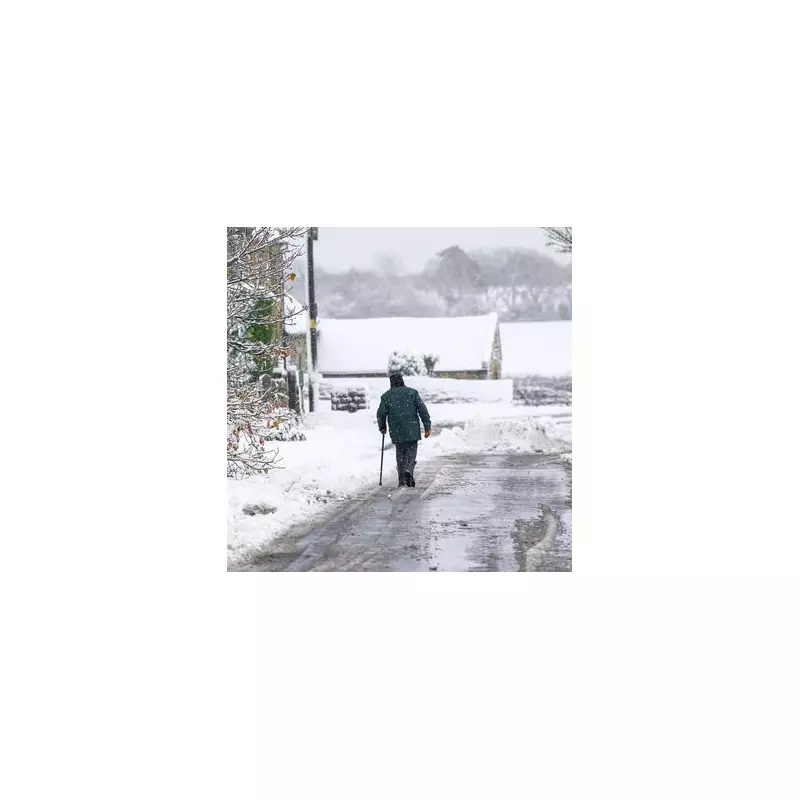
The Met Office has triggered yellow weather warnings for ice across vast swathes of the United Kingdom, urging the public to exercise extreme caution as a bitter cold snap tightens its grip. This follows a week of disruptive weather, including snow and plunging temperatures in the wake of Storm Claudia.
Where and When the Ice Poses a Threat
The weather agency has placed 42 specific areas under a yellow ice warning, which remained in effect until 11am on Friday morning. The alert spans from the north of Scotland, down the entire east coast of England, and includes regions in Kent, Cornwall, and along the north and coast of Wales. Major urban centres such as Newcastle, Norwich, and Aberdeen are among those affected. In some of the hardest-hit locations, overnight temperatures have plummeted to a bone-chilling -11°C.
The primary hazard identified by forecasters is the formation of icy patches on untreated roads, pavements, and cycle paths. The Met Office has explicitly warned that these conditions significantly increase the risk of injuries from slips and falls for pedestrians.
The Four Key Steps for Safety
In response to the dangerous conditions, the Met Office has issued four essential pieces of advice to help Britons stay safe.
Firstly, allow extra time for your journeys. The official guidance recommends planning to leave the house at least five minutes earlier than usual. This simple step reduces the need to rush, thereby lowering the risk of accidents, slips, and falls on icy surfaces.
Secondly, choose your route wisely. Pedestrians are advised to stick to main roads where pavements are more likely to have been treated and are less slippery. This same logic applies to cyclists, who should also aim to use major routes where possible.
Thirdly, check for travel disruptions before you set off. Weather warnings often lead to delays and cancellations. Whether you are driving or using public transport, it is crucial to check the latest road conditions, bus timetables, or train schedules to minimise inconvenience.
Finally, stay informed as the situation develops. The Met Office stresses that weather warnings can change rapidly. The public is strongly advised to keep up to date with the latest forecast for their local area to ensure they have the most current information.
Essential Kit for Your Car
Echoing the safety drive, the RAC has released its own checklist of essential items for motorists to carry during this period of severe weather. In case of a breakdown or emergency, drivers are urged to have the following in their vehicles:
- An ice scraper and de-icer
- An in-car phone charger
- Warm clothes and a blanket
- Hi-vis clothing and warning triangles
- Jump leads and an empty fuel can
- Food, drink, and a shovel
- Sunglasses to combat the low winter sun, which can severely hamper visibility
This comprehensive advice from both the Met Office and the RAC aims to help the public navigate the hazardous conditions safely as the UK endures this freezing spell.





